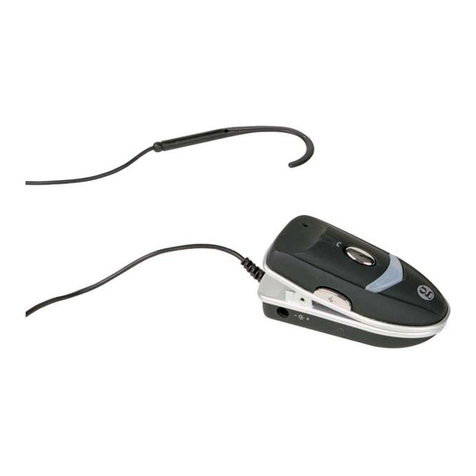Widex THE DREAM D-FA P User manual
Other Widex Hearing Aid manuals

Widex
Widex Menu series User manual
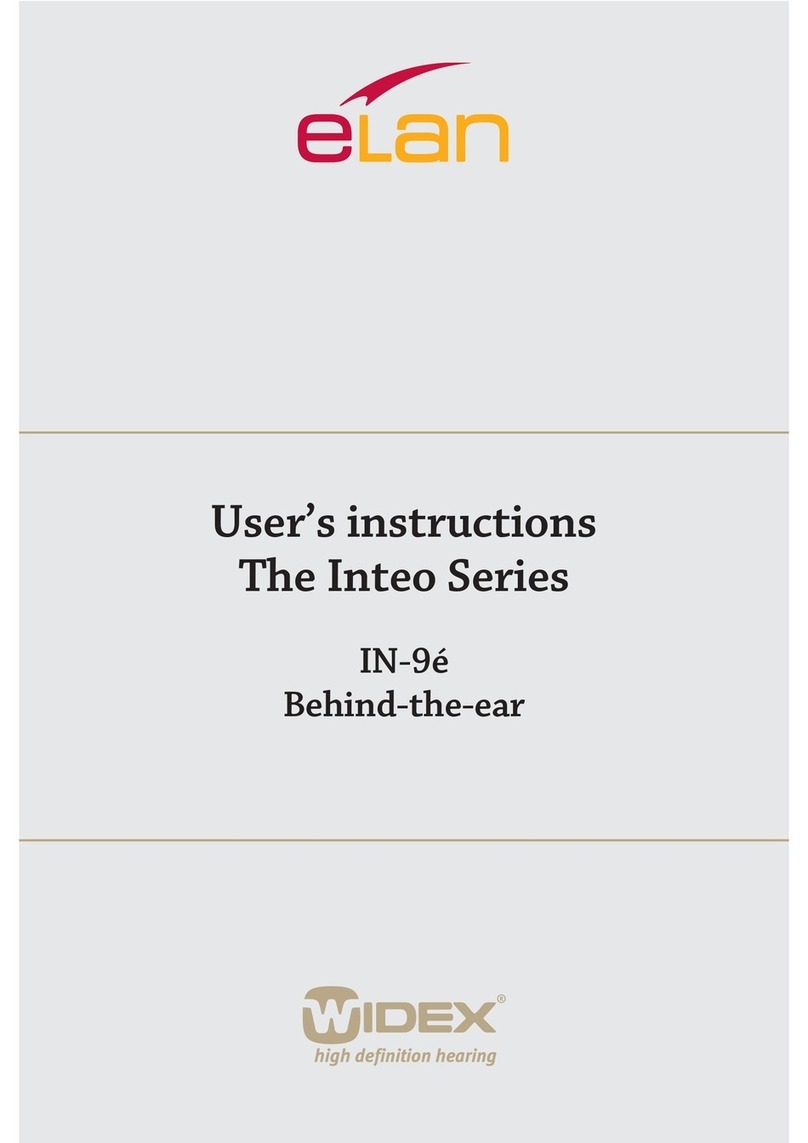
Widex
Widex Inteo IN-9 User manual
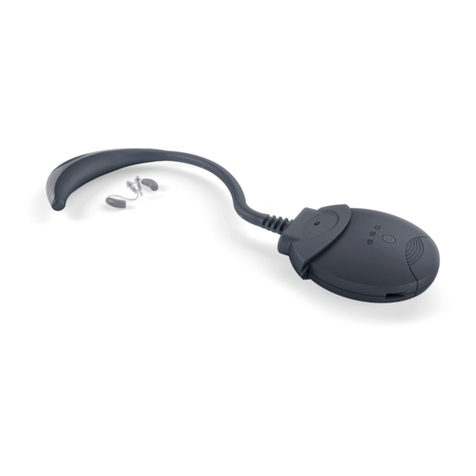
Widex
Widex nEARCOM User manual

Widex
Widex DEX COM-DEX User manual

Widex
Widex CLEAR C4-CIC User manual

Widex
Widex clear 330 Series User manual

Widex
Widex Inteo IN-9 User manual
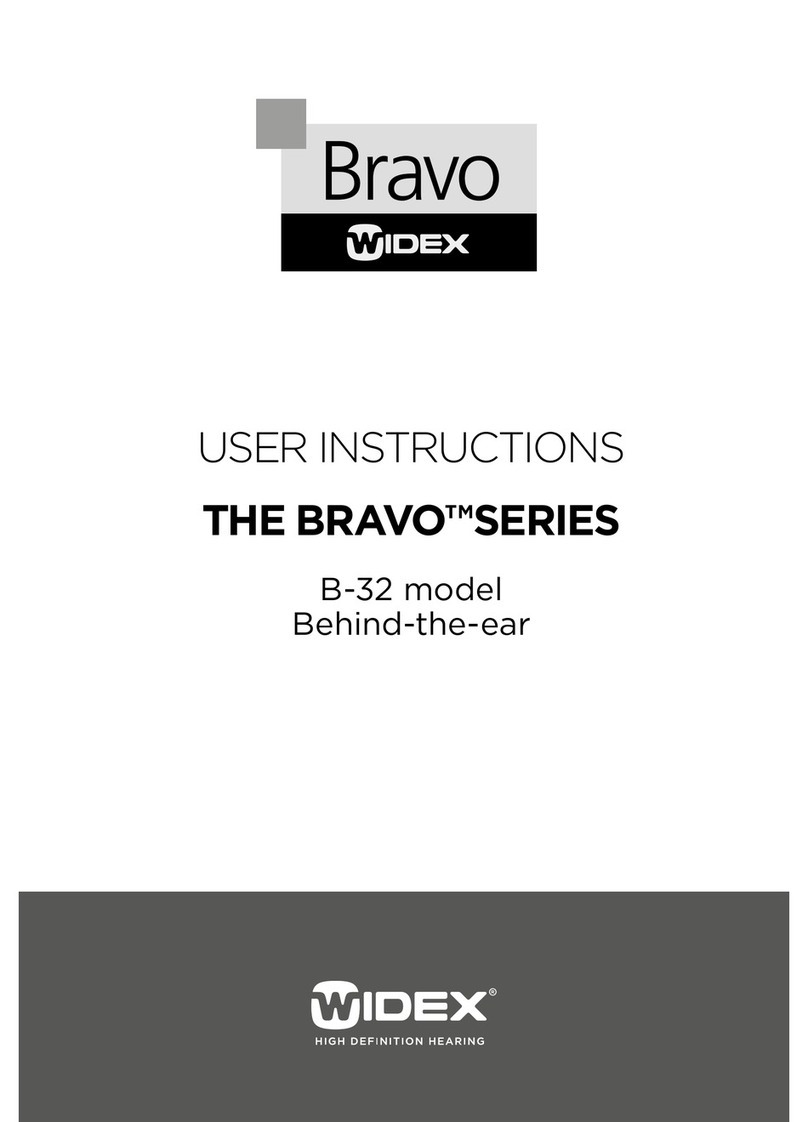
Widex
Widex THE BRAVO SERIES B-32 User manual
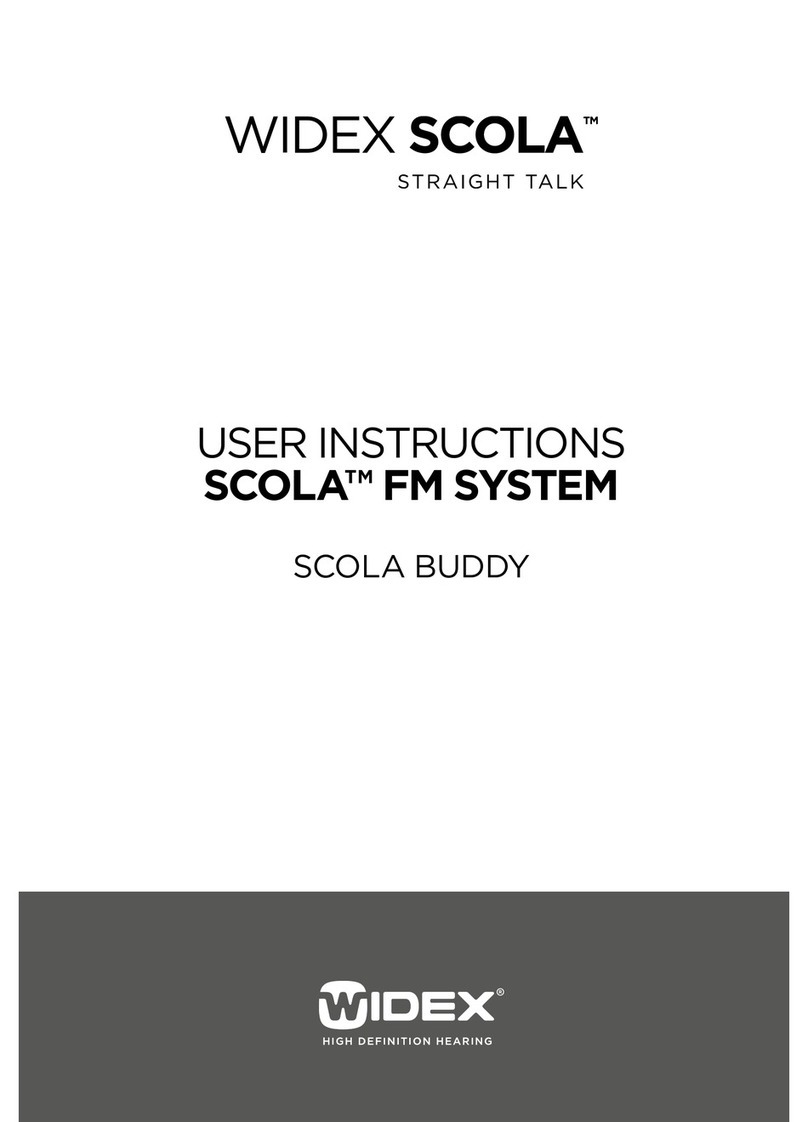
Widex
Widex SCOLA Buddy User manual

Widex
Widex M-DEX User manual
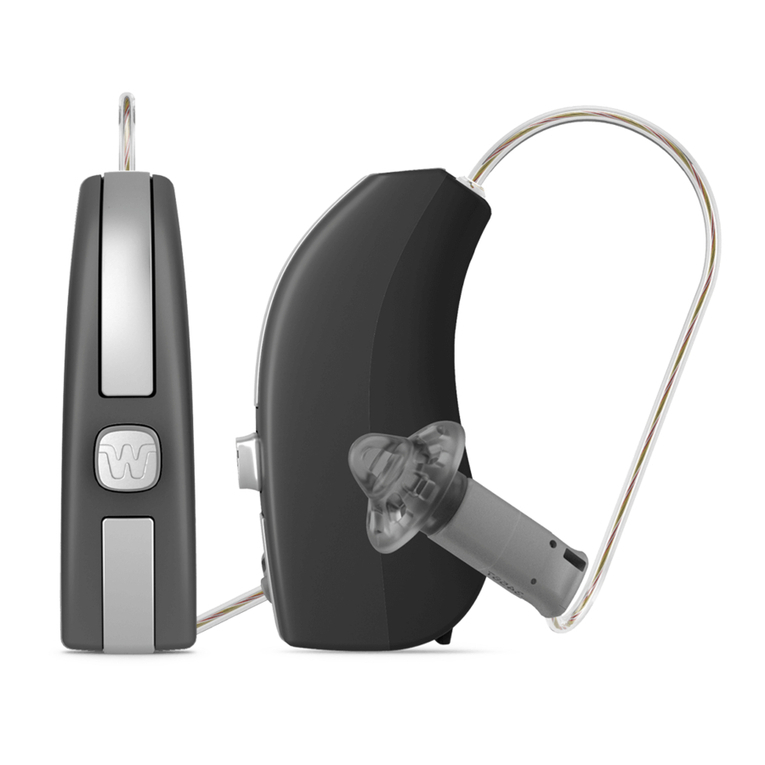
Widex
Widex Inteo IN-9 User manual

Widex
Widex Bravissimo BV-38 User manual
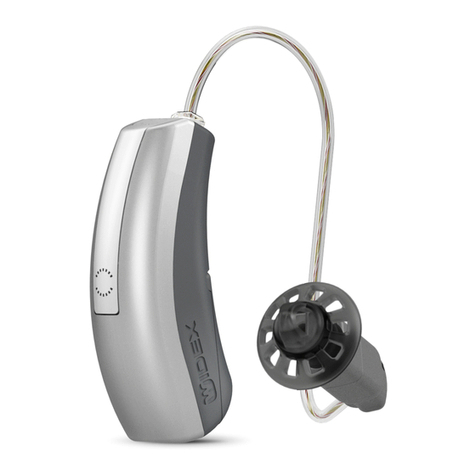
Widex
Widex Specsavers Advance 52 Series User manual
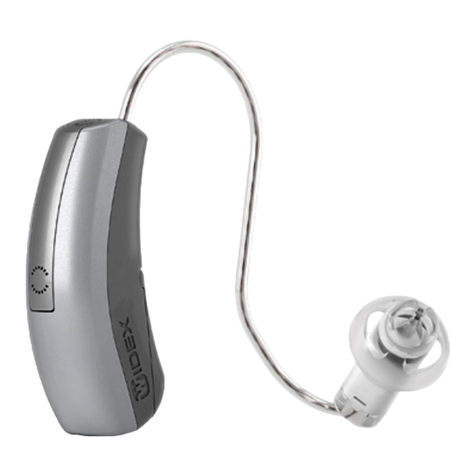
Widex
Widex CLEAR 440 C4-PA User manual

Widex
Widex mind 220 Series User manual

Widex
Widex The MENU ME-9 User manual
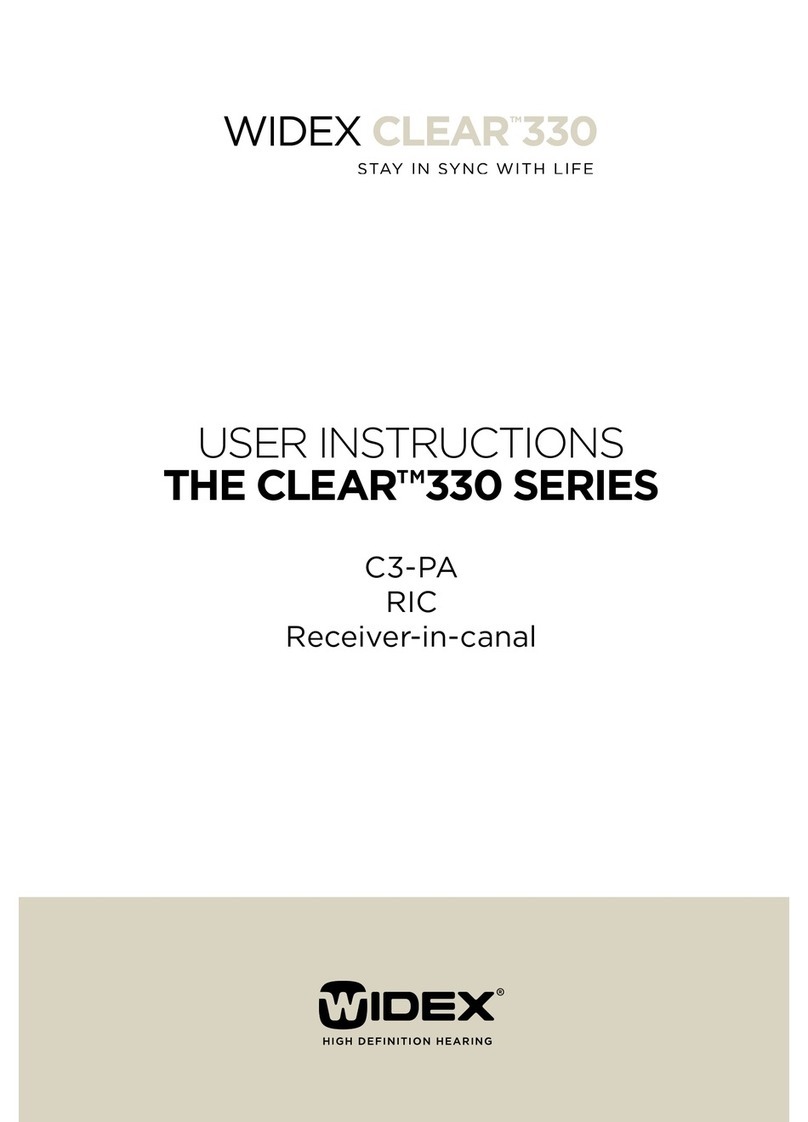
Widex
Widex clear 330 Series User manual

Widex
Widex MENU3 User manual
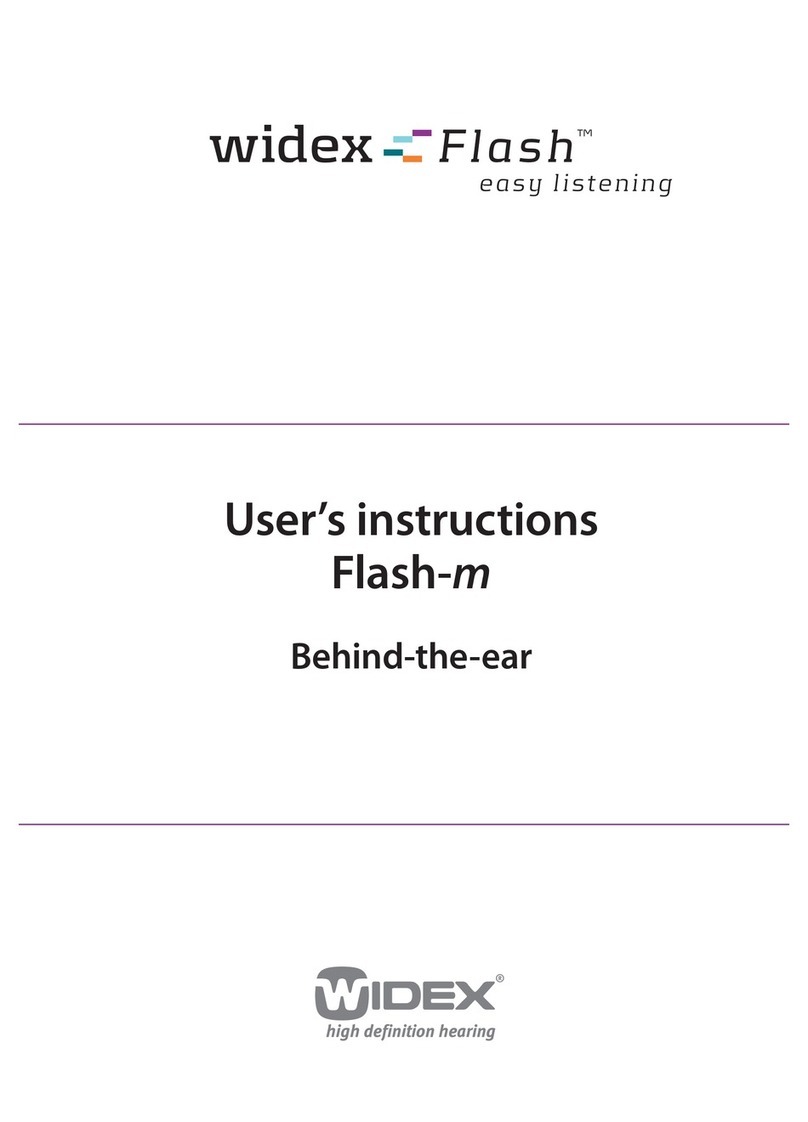
Widex
Widex Flash-M User manual
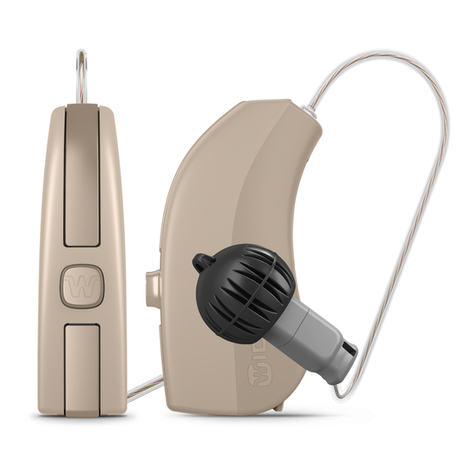
Widex
Widex EVOKE E-F2 User manual
















